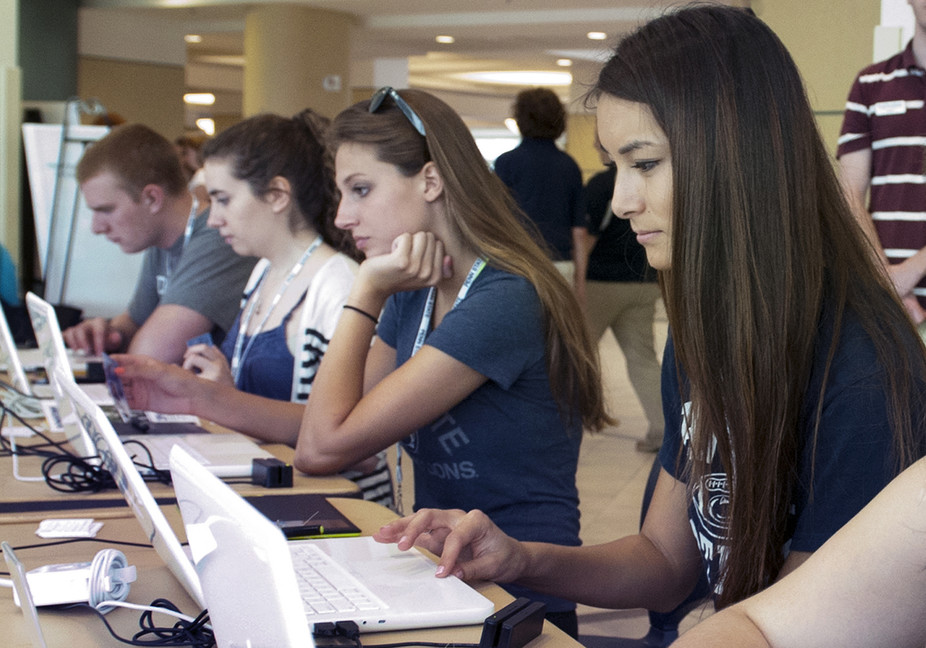Are you looking for simple strategies to help students who only want to pay attention when you are next to them? If so, keep reading.
1. Make sure you have the student’s full attention when you are talking to him/her. Stand near the student, keep eye contact, and have them repeat the information.
2. Be firm, fair, and consistent when expecting the student to listen to and follow instructions. Do not Let the student fail to follow instructions one time and expect instructions to be followed the next time.
3. Draft an agreement with the student stipulating what behavior is required (e.g., paying attention to information presented from any place in the classroom) and which reinforcement will be implemented when the agreement has been met.
4. Refrain from placing the student in situations that require listening for an expanded duration of time, such as lectures, seminars, etc. Give the information for the student through a recording or lecture notes.
5. Move materials used for tactile stimulation (e.g., pens, paper clips, loose change, etc.) away from the student’s reach.
6. Teach and practice efficient communication skills. These skills include listening, keeping eye contact, and positive body language.
7. Take the student away from the situation until they can demonstrate self-control and follow instructions when they have difficulty paying attention to and following instructions in the presence of others (e.g., at a school assembly, on a field trip, playing a game with peers, etc.).
8. Select a peer to model answering information from any place in the classroom for the student.
9. Let the student record information from lectures and make notes from these recordings.
10. Create an environment that is quiet and tidy (e.g., clean, well-lighted, fresh-smelling, and at a comfortable temperature).
11. Refrain from seating the student near people with whom they may be enticed to talk to during lectures, assemblies, seminars, projects, etc.
12. Select various people (e.g., peer, paraprofessional, counselor, etc.) to help the student improve their listening skills.
13. Separate the student away from other students who may interfere with their capacity and ability to pay attention to directions, explanations, or instructions.
14. Give the student sufficient chances for the repetition of information through various experiences.
15. Provide directions, explanations, or instructions loudly enough to be heard by the student.
16. Ensure the student has heard what was said by having them give acknowledgment (e.g., by saying, “Okay!” “Will do!” etc.).
17. Create rules for listening (e.g., listen to instructions, ask questions about instructions if they are not grasped, follow the instructions, etc.). These rules should be consistent and followed by everyone in the classroom. Talk about the rules often.
18. Show ideas following the outline of (1) Who, (2) What, (3) Where, (4) On occasions where, (5) How, and (6) Why.
19. Find the student’s most efficient learning mode. Utilize it continuously to enable the student’s comprehension and remaining on-task for longer periods.
20. Urge the student to avoid ingesting any substance (e.g., drugs, alcohol, cold remedies, etc.) that might further alter their capacity and ability to direct or keep attention.
21. Consider using assistive technology designed to help students to attention deficit hyperactivity disorder to concentrate. Click here to view list of assistive technology apps that we recommend.





